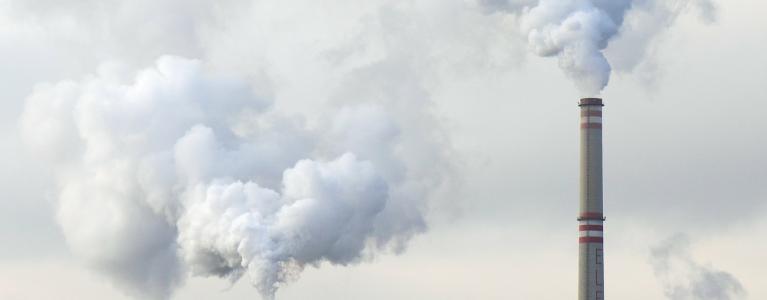
London’s air is toxic and a silent killer – we must act now to tackle this air quality emergency and prevent further damage to the health of Londoners. The Mayor has made it clear air quality is one of his top priorities. Here are ten things he’s doing now to tackle it:
1. Implementing the T-charge
The Mayor has confirmed that the £10 toxic ‘T-Charge’ (also known as the Emissions Surcharge) for the oldest most polluting vehicles in central London will start in October this year. This will send a strong signal that now is the time to ditch the dirty diesel vehicles polluting our lungs. The T-Charge is a crucial part of tackling this public health emergency affecting the capital.
2. Introducing the central London Ultra Low Emission Zone (ULEZ) in 2019, and then expanding it up to the North and South Circular
The Mayor will consult on introducing the central London ULEZ in 2019, which will tighten the emission standards for diesel vehicles. He is then proposing to make the ULEZ area 18 times larger and cover 3.8 million residents by expanding it up to the North and South circular roads. This is expected to reduce NOx emissions by about 50% in central London, 40% in inner London and 30% in outer London.
3. More than doubling funding for air quality
TfL’s new Business Plan includes £875m – more than double that committed under the previous administration (£425m).
4. Putting the cleanest buses on the dirtiest routes
The Mayor has announced 12 Low Emission Bus Zones, putting the greenest buses on the capital’s most polluted routes, including Putney High Street and Brixton Road.
5. Funding five innovative new Low Emission Neighbourhoods
Winning neighbourhoods will see a suite of measures implemented including car-free days, green taxi ranks for zero emission-capable cabs, and parking reserved for the cleanest vehicles. The Mayor has secured £11 million for these exciting initiatives.
6. Auditing 50 of the most polluted schools
City Hall will deliver 50 air quality audits at primary schools in areas exceeding legal limits of nitrogen dioxide (NO2), engaging with schools to identify the most effective local measures to lower emissions and exposure.
7. Lobbying government to start a national diesel scrappage fund
The Mayor is lobbying the Treasury to fund his proposals for a fund to scrap up to 70,000 polluting vans and minibuses in London. Under the Mayor’s proposals for Government, there would also be support to scrap up to 130,000 cars.
8. Introducing the largest hybrid bus fleet in Europe
There are now over 2,300 hybrid buses – 24% of the entire fleet- in operation on London’s streets, which can emit up to 50% less NOx than standard diesel buses.
9. Investing in the healthy streets approach
TfL is committing £2.1bn of funding to create a city of Healthy Streets that is more pleasant to walk, cycle and move around.
10. Issuing alerts during high pollution events
During high and very high pollution episodes you will now see notifications at Tube stations, bus stops, river piers, and on digital signs along major roads. You can also sign up to airTEXT to receive air pollution alerts by email, text and voice message.
Find out more about what the Mayor is doing to tackle air quality.